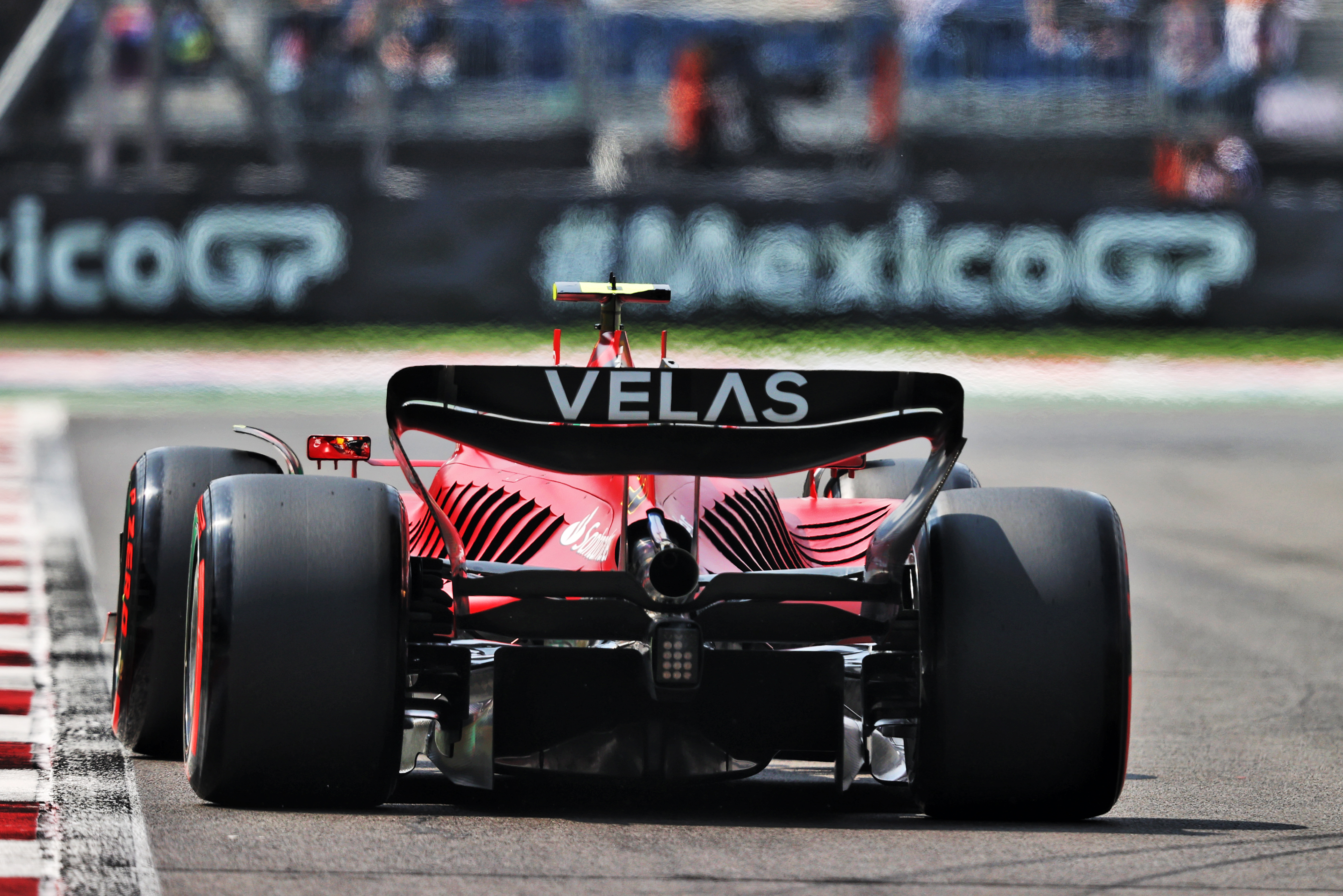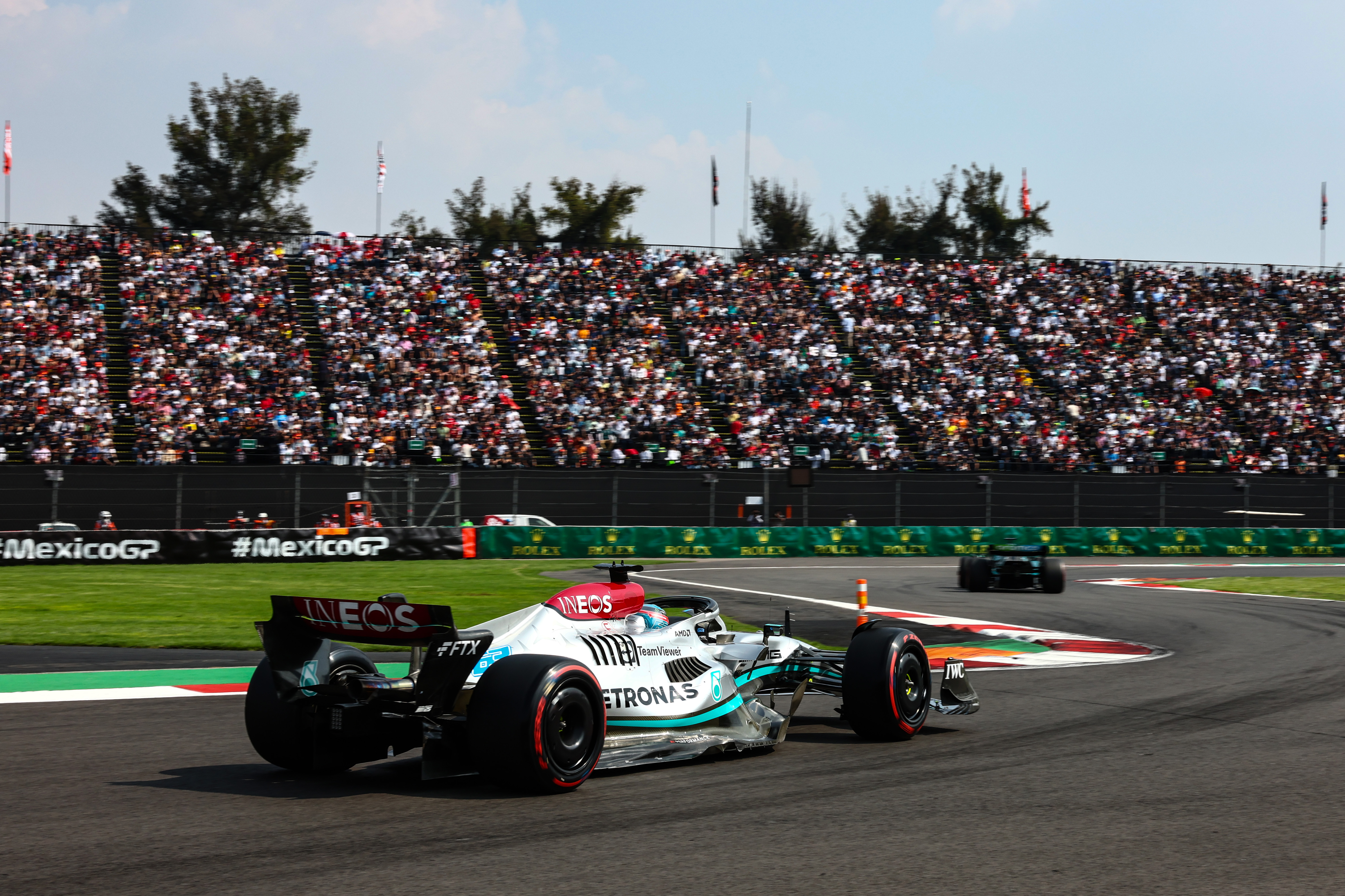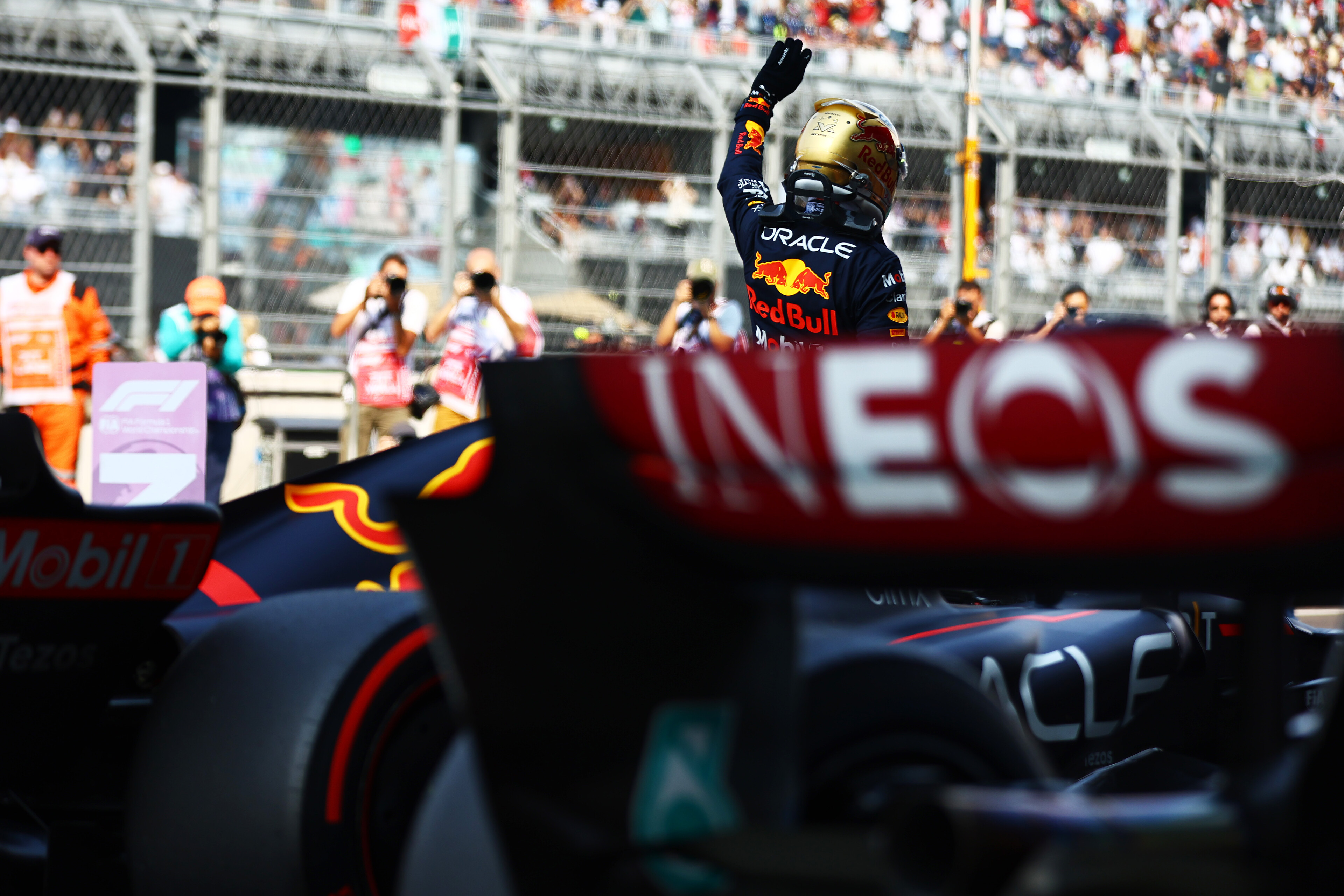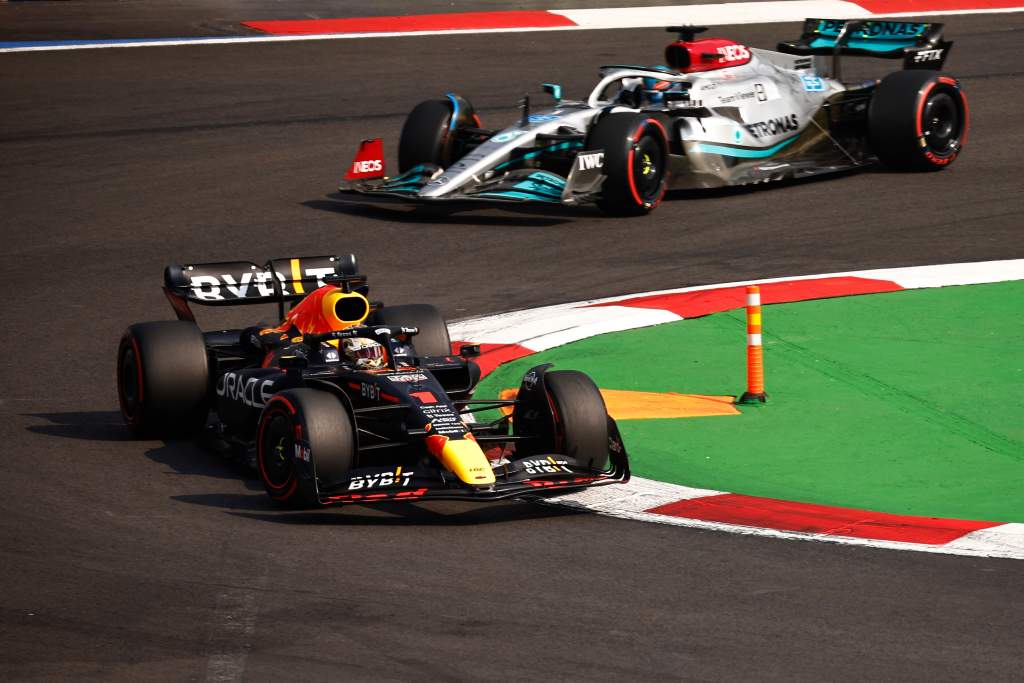Up Next

Mexico City’s extreme altitude always tends to contribute to some interesting performance dynamics between the cars. When the air is 25% less dense than at sea level, the difference between a Formula 1 car which is normally draggy and one which is not is far less than usual. For the same reason, the reduction in downforce means that every extra increment that is produced is extra valuable.
That goes a very long way to explaining why the high-downforce but draggy Mercedes – a car which was almost 0.6 seconds off the pace at Austin last week – was bang on the pace here and only a better final lap by Max Verstappen secured the Red Bull pole from George Russell’s Mercedes. Here it was Ferrari which was nowhere, fifth and seventh and 0.6s off the pace.

For reasons largely unconnected to the aerodynamics, the altitude is also why the Ferrari isn’t at its best here, as suggested by Carlos Sainz: “We lose a lot of performance in high altitude,” he said, “but I think it’s a one-off. Altitude for this engine is not exactly how we’d want it. We knew before coming here we were going to need to take some compromises.”
He’s referring to the Ferrari’s unique intake and turbo configuration. With super-long inlet tracts (which increase the turbulence and flammability of the inlet charge), a lower-revving MGU-H and a smaller turbo (which takes less electrical energy than the others to spin up quickly), it usually has a significant acceleration advantage out of the corners, even if at the expense of earlier clipping at the end of the straights. With Mexico’s 25% reduction in the density of the air, this advantage disappears. A bigger turbo is ideally needed.
The Ferrari’s front-loaded power delivery (at normal altitudes) is even part of its handling strengths in low-speed corners. Take a look at any Charles Leclerc telemetry from this year and it can be seen just how much he overlaps the throttle and brakes into the slower corners, using this to spool up the turbo. It’s an incredibly intricate style and one that Sainz has come to emulate through the season. It has implications on the set-up of the car, requiring a strong front end.
So there are the basic traits of the three top cars – and how their strengths and weaknesses are changed by Mexico City’s unique challenges. The Red Bull is a great all-round combination of low drag, good power and consistent downforce throughout all ride heights. The Mercedes is draggy but has very good downforce if it can be run low enough – but tricky slow-speed handling because of the compromise made necessary by its rear suspension in combining low- and high-speed corner performance. The Ferrari has great downforce, is somewhere between Red Bull and Mercedes in drag, and usually has a low-speed acceleration advantage. But not here.

Now factor-in the particular circumstances of the day. The teams were unusually reliant on FP3 because of Friday’s 2023 Pirelli test in FP2. The track temperature this morning was around 39C. But it takes only a little sun to send the track temperatures soaring at this altitude and by the time qualifying began it was up to 50C. As Russell pointed out, that not only lowers overall grip, “but it also changes the limitation from the front to the rear of the car”.
In FP3 the Red Bull was struggling for a front end and the Mercedes was in a very happy place, with Russell and Hamilton heading the times 0.4s clear of Verstappen and 0.7s clear of the Ferraris. But around a track 11C hotter, the balance limitation switches to the rear as the rear rubber quickly overheats. This was perfect for bringing the Red Bull into its sweet spot, less good for Mercedes and even worse for the already oversteery Ferrari.
But even then, the Mercedes was still fully competitive with the Red Bull, essentially faster in the corners, slower on the straights and about equal over the lap. Both Sergio Perez and Hamilton suffered power unit derating problems (another hazard of this altitude) and with the Ferraris struggling, so the battle for pole distilled down to Verstappen vs Russell, especially after Hamilton had his first Q3 time deleted for track limits.
“Arrgh,” screamed Russell in frustration after his last lap got away from him. “Pole was there for the taking.” He was left relying on his first run time, which was 0.304s slower than Verstappen’s final flyer.
Fresh out of the car, Russell was convinced he’d lost the lap with an oversteer moment between Turns 4 and 5 and that his later run-wide moment across the kerbs as he entered the stadium was just from trying to make up the time lost in the earlier incident. But a look at the GPS of each lap shows that the quick oversteer snap cost him almost nothing and that through the first part of the Esses (Turns 7-8-9) the Mercedes’ greater downforce had clawed Russell back ahead, with the Red Bull’s greater straightline speed then pulling Verstappen back level on the approach to the stadium section. There was nothing in it between them as Russell then took too much speed into Turn 10 and ran across the exit kerb.

It may well have been Verstappen’s pole even without the Russell mistake, as the Red Bull had consistently been the quickest through the final sector. But Russell was not mistaken in feeling that pole had been possible.
In the end, the best all-round combination of car traits and driving secured Verstappen the pole.






